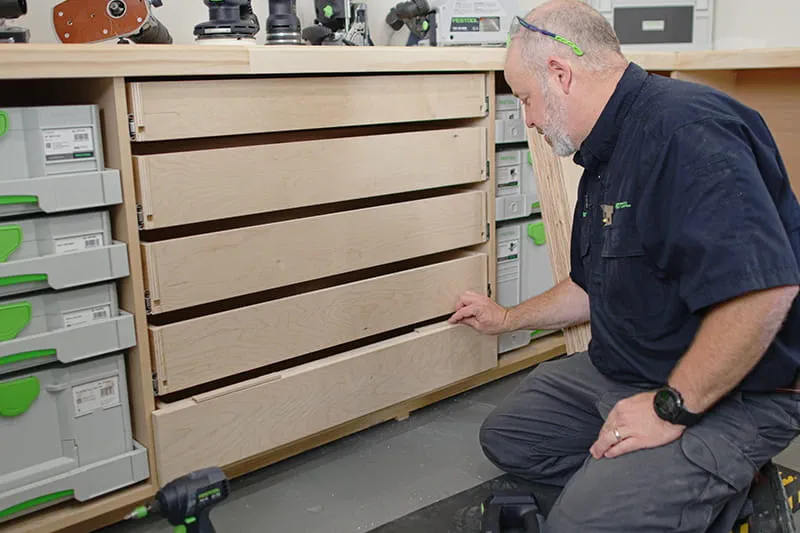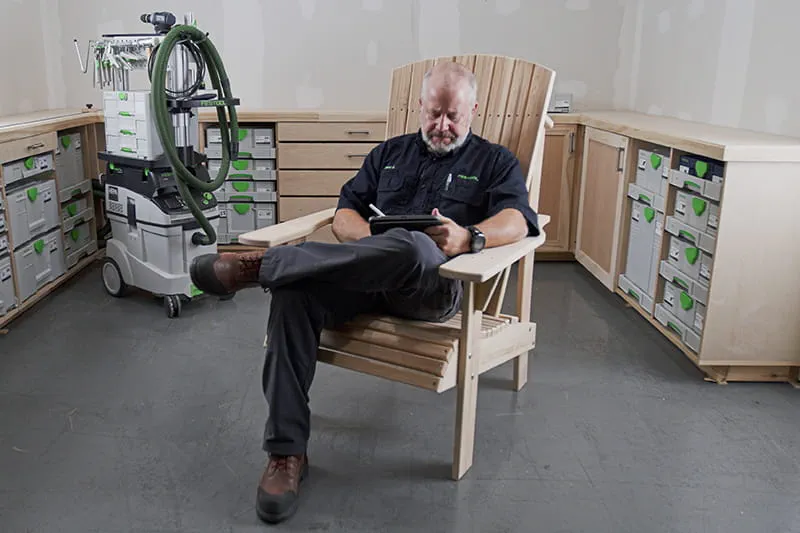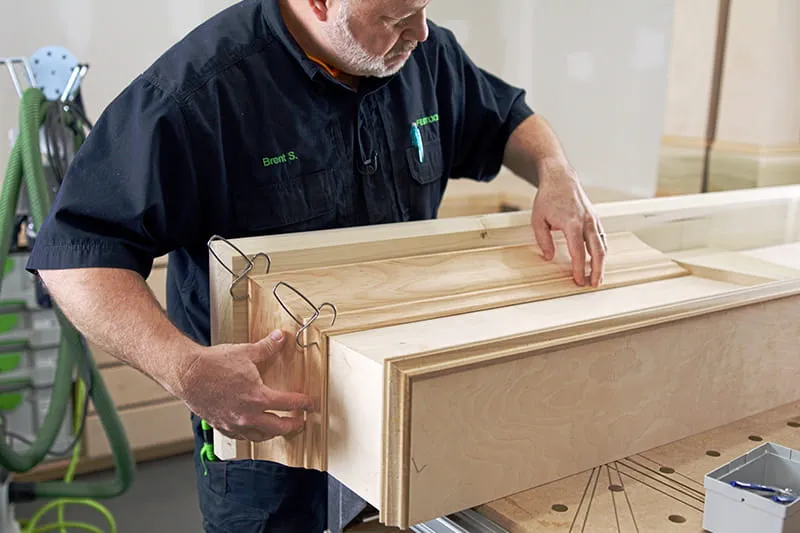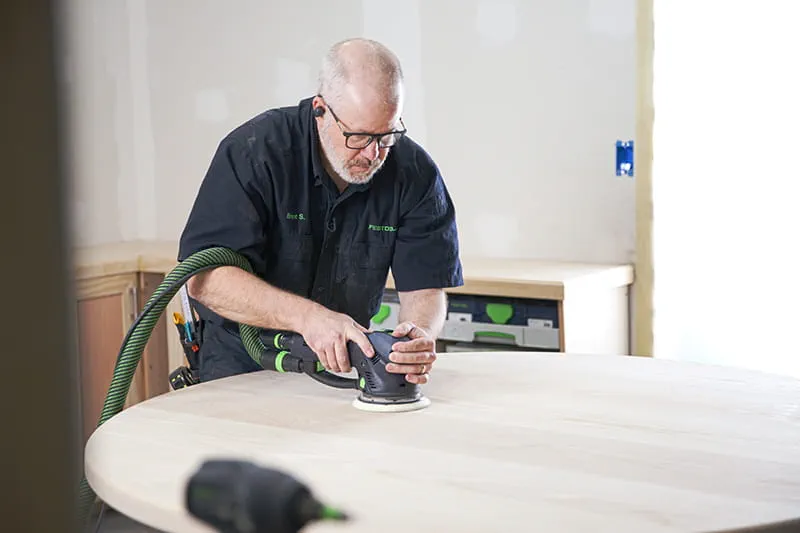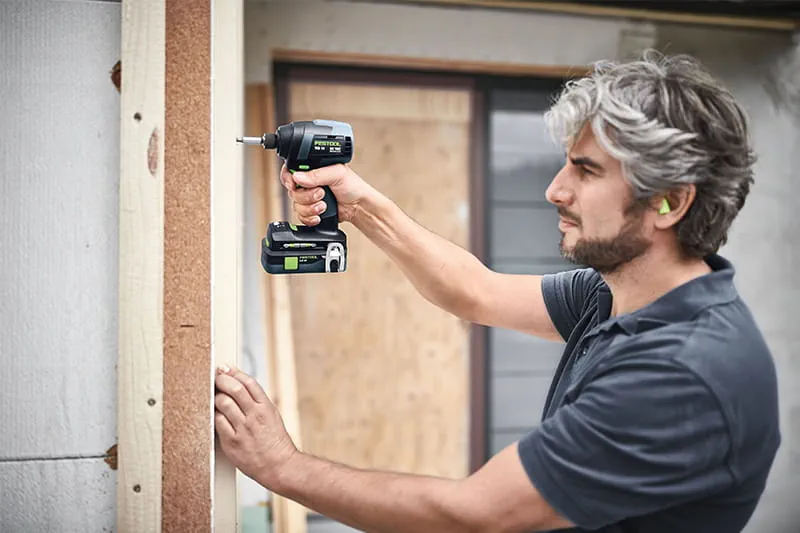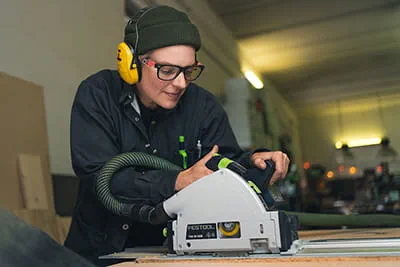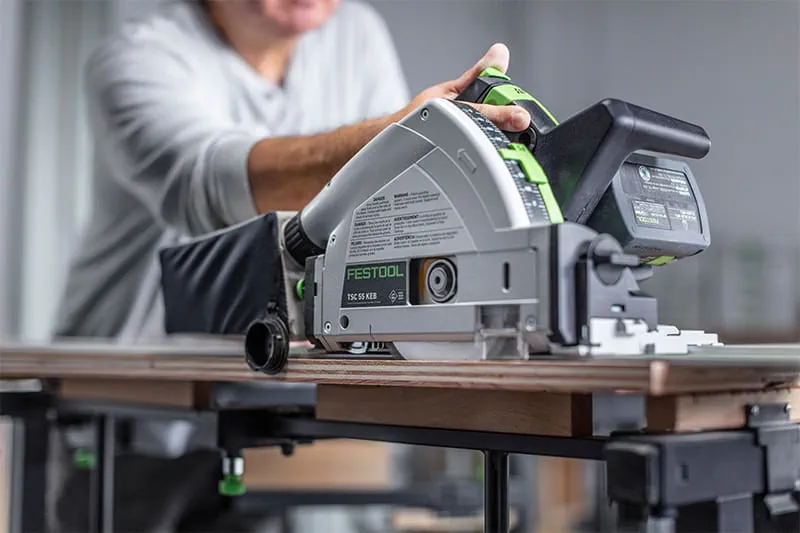- Compound putty is specially designed for filling joints with joint tape.
- With joint compound, plasterboard joints are filled without joint tape.
- Fine Compound is used to ‘finish’ filler putty or joint filler; it forms the finished surface of the joint.

Filling and sanding drywall
The perfect surface thanks to the right compund
If you ask a painter how to achieve clean drywall and what materials and tools to use for the best result, there’s really only one serious answer: it depends! We have tried to shed a little light on this topic.
In drywall construction, filling and sanding are standard procedures. That said, when you look at everything involved in achieving a clean and perfect surface, these tasks are anything but ordinary. It comes down to the details, bringing them together into a coordinated overall package. After all, compounds from different manufacturers have different properties and should be worked on and sanded with the right tools.
Filling
Drywall construction uses gypsum boards that come with various edge types. The most common are boards with half-rounded, tapered longitudinal edges and beveled cut edges. Changes in moisture and temperature throughout the year can cause the drywall to expand and contract, leading to cracks in the joint compound. To ensure a stable and long-lasting finish, it's important to use joint compounds with high stability and to reinforce the joints with quality joint tape.

Compounds

Types of Compounds
- Gypsum-bonded compounds are available as bagged goods in powder form. A compact crystal structure forms as it sets, and the compound achieves very high joint stability. Application: joint filling for plasterboard (Q1 and Q2) and full-surface filling with higher layer thicknesses.
- Plastic-based fillers are available ready-mixed in buckets. They air dry. Depending on the product and application, the compounds needs to be stirred before use. Application: full-surface filling of plasterboard (Q3 and Q4), thin reworking of old plaster or concrete surfaces.
Sand
If you know the material and have mastered the technique, you can achieve any surface quality. It takes time, attention to detail and the perfect tool. Including, and especially, with drywall. After the compound has hardened and dried, unevenness and grooves at the joints and edges are sanded out – on level 4 surfaces, even the full-surface compound. The new PLANEX 2 225 long-reach sander is perfect for full-surface and flat sanding. The LED grazing light on the sanding pad achieves surfaces of the highest quality. The Granat and Granat Net abrasives are ideal for perfect sanding results.
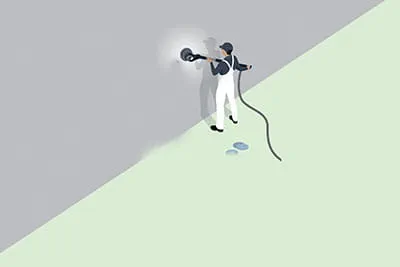
Abrasives recommendation
Even when choosing your abrasive and grit, the same rule applies: it depends! – on the material, the tool and what surface quality you want to achieve. We have compiled several recommendations in connection with the new PLANEX LHS 2 225 here, and you can find more information on our website.





































